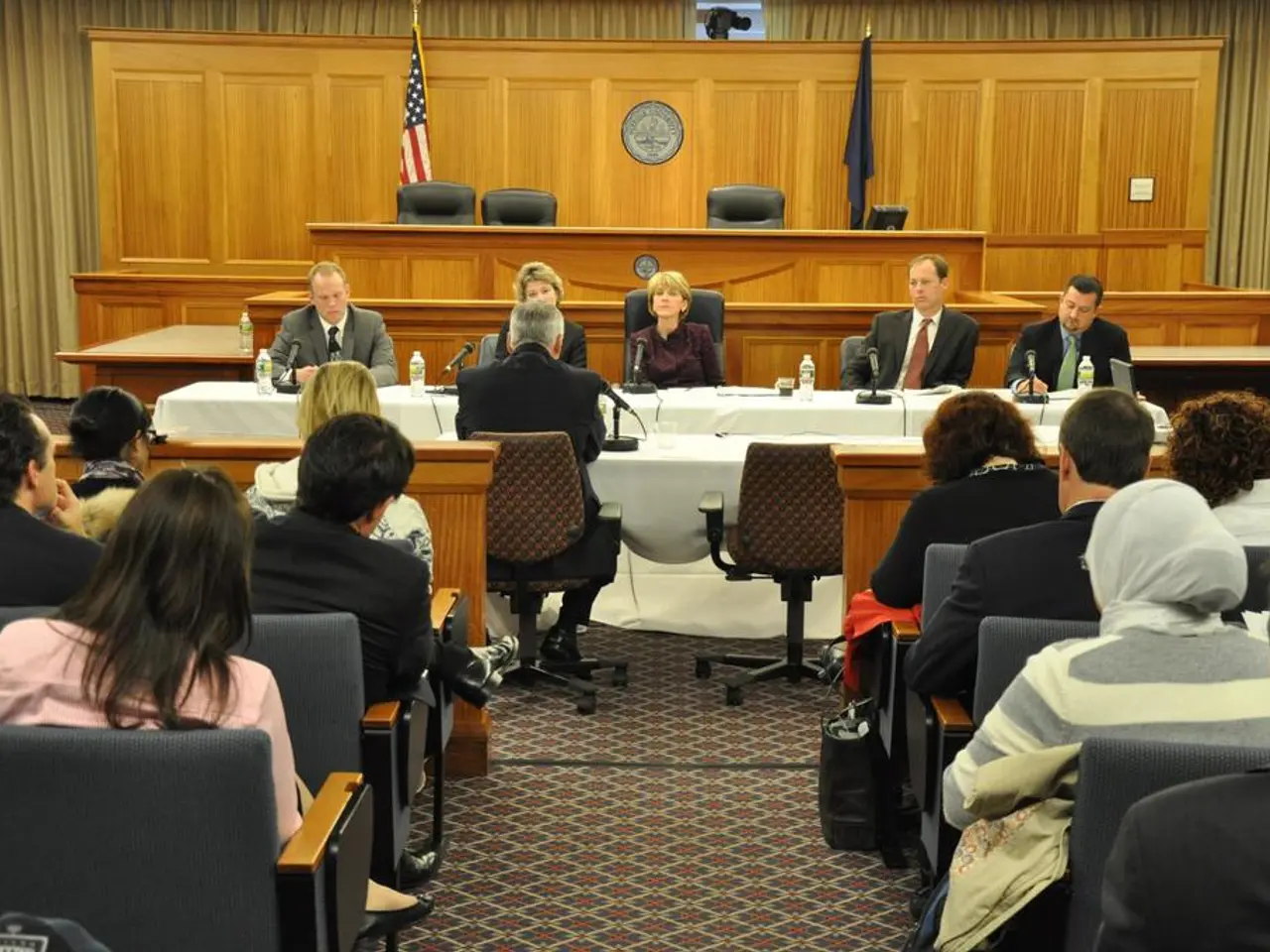Fed resists plans for immediate interest rate reductions, disregarding Trump's demands
In 2019, President Donald Trump applied considerable political pressure on the Federal Reserve (Fed) to lower interest rates, repeatedly calling for deep rate cuts to stimulate economic growth and reduce borrowing costs. However, despite this pressure, the Fed largely resisted cutting rates precipitously, citing concerns about rising inflation and economic uncertainty, particularly linked to trade tensions and tariffs.
Key points on the impact include:
- Trump publicly and repeatedly urged the Fed to cut rates sharply, at times demanding cuts of up to three percentage points or lowering rates near 1%, to stimulate the economy and reduce federal borrowing costs.
- The Fed maintained a cautious approach, holding the federal funds rate steady at 4.25% to 4.5% for significant parts of 2019, reflecting ongoing inflation risks despite slowing growth.
- This tension manifested in internal Fed dissent: two Trump-appointed Fed governors dissented in favor of cutting rates, an uncommon occurrence signaling division within the Fed’s leadership amid political pressure.
- The Fed explicitly cited the resurgence of inflation partly due to Trump's own tariff policies, indicating that the president's trade approach was contributing to price pressures that justified a more restrained monetary stance rather than aggressive easing.
- Trump also threatened to fire Fed Chair Jerome Powell and sought leadership changes that would be more accommodating to his desire for rate cuts, which raised concerns about threatening the independence of the Fed — a principle critical for maintaining credible, non-partisan monetary policy.
As the Fed prepares for its upcoming policy meeting, analysts expect it to hold off slashing interest rates. The central bank is monitoring the impact of President Trump's tariffs on the world's biggest economy, with Trump imposing a 10 percent tariff on goods from almost all countries, as well as steeper rates on steel, aluminum, and autos.
Kathy Bostjancic, chief economist at Nationwide, stated it's not unusual to see dissents at times of high uncertainty or a turning point in policy. The benchmark lending rate currently stands at a range between 4.25 percent and 4.5 percent.
Despite the political pressure, the Fed has demonstrated a commitment to independent decision-making, balancing inflation control and economic support. This commitment underscores the importance of maintaining the Fed's independence to ensure credible, non-partisan monetary policy.
War-and-conflicts might arise if President Trump continues to threaten the independence of the Federal Reserve (Fed), as such actions could potentially undermine its ability to make independent, unbiased decisions.
Policy-and-legislation regarding trade tensions and tariffs, as evidenced in President Trump's actions, have been influential in the Fed's rate decisions, with the central bank citing these factors as contributing to inflation risks and economic uncertainty.







